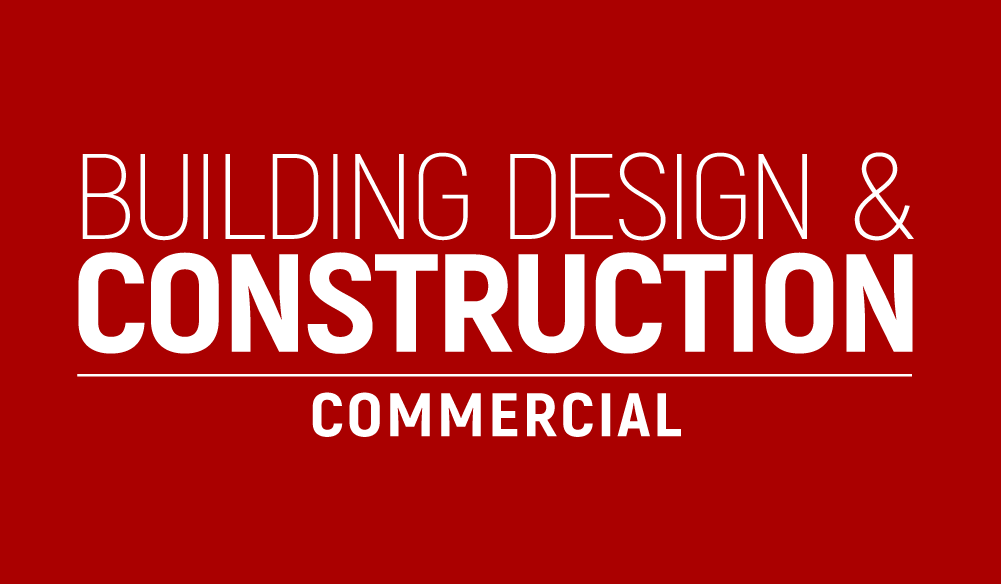Like all things related to computers, building information modeling (BIM) has changed a lot since the technology first became commercially available in the mid-1980s. By that time BIM’s functional capabilities had grown from the original “Building Description System” introduced a decade earlier by Charles Eastman and his colleagues at Carnegie-Mellon University, already enabling designers to use a computer instead of a drawing board or building a physical architectural model. But the best was yet to come – and it still may be.
Over the years, BIM’s evolution has continued along the lines of Eastman’s early vision: “The goal is to develop a computer database capable of describing buildings at construction detail and to develop a powerful set of operations for that database,” he wrote in a 1974 paper. “Of course, the system outlined here could be equally used for the preliminary stages of design. It would also be useful for the design of many artifacts besides buildings.”
Far from the early models that focused almost entirely on structure, today’s building models include far more information than can conveniently be shown on discrete drawings. Although the ability to call up or print details (graphic or otherwise) is a huge benefit, it’s the database nature of today’s building model that makes it such a valuable tool all the way from the earliest planning stages through the entire life of the building (or other artifact, as Eastman pointed out).
The modern building model also has come a long way from its humble origins of being simply a computerized version of two-dimensional drawings, which is to say CAD. According to Victor Silva, who began using CAD, CAM and CNC in Lisbon, Portugal, in the 1980s just as ArchiCAD and AutoCAD were being unveiled, BIM now comprises a seven-dimensional process. Beyond the first dimension, which is the virtual building model itself, they include documentation, space, time (i.e., scheduling and sequencing), cost estimation, facility management (e.g., computer-aided facility management, CAFM), and procurement solutions (e.g., contracts, purchasing, suppliers, and environmental standards).
As a long-time user of the technology throughout its evolution, Silva explained in this paper that the depth of information Eastman envisioned 40 years ago is now entirely possible.
The sixth and seventh dimensions – facility management and procurement solutions – are where opportunities lie for progressive electrical contractors. The value of the building model can be greatly enhanced by thinking of it as an owner’s manual for the completed project. But beyond the assembly instructions, so to speak, where does the extra information come from? With input from the electrical contractor, for example, the building model suddenly becomes far more than just a very useful and effective construction tool. The building model becomes the ongoing repository of all the critical information the operations and maintenance personnel would otherwise have to go digging for every time there was a problem.
Fortunately, BIM tools that started out as entirely different systems have to some extent converged over time. Many of the major players still excel in one type of construction or another – for example, steel framing versus concrete – but through broad-based efforts like the development of industry foundation classes (IFCs) and a push toward interoperability and an open protocol for BIM, the exchange of information today can be accomplished both easily and accurately. That has allowed subcontractors – mechanical, electrical, plumbing, and others – to offer data for inclusion in the building model without each having to develop a multitude of different interfaces. Now contractors from all fields who want to propose adding value to the building model by providing additional information can do so without overextending themselves.




